In Defense of Witches
Unpacking the archetype of the witch in horror films.
What makes a witch?
A couple of weeks ago, I wanted a candle to light on the new moon. So looked online and found what I like to call a witch store (they refer to themselves as a metaphysical shop, so I guess I should stop saying that) here in a nearby New Jersey town.
It seems like witches and witch stores are everywhere today.
This place had everything a witch store/metaphysical shop should have — a store cat (black), tarot readings in the back, a wall of herbs, crystals, candles, etc.
It also had two teenage girls who were talking to the owner as they checked out in front of me. It was their first time in the store, and it was like a scene in any classic teen witch movie/show.
I love a good witch movie. I’m pretty sure I could watch The Craft (the original) every day and not get sick of it. Maybe it has something to do with my own inherited predilections.
Here’s the thing, though — underneath the mystique of candles and spells lies a darker truth, one about the projection of male anxieties and fears. We can think of the witch as a scapegoat, a mirror in which patriarchal culture has long reflected its own terror about female power, pleasure, and autonomy.
In other words, the witch is never just a witch.
The witch is never just a witch.
The Archetype of the Witch in Horror
“[T]he presence of the monstrous-feminine in the popular horror film speaks to us more about male fears than about female desire or feminine subjectivity.”
– Barbara Creed, The Monstrous Feminine
The cinematic witch descends from a deep history of violence against women, starting around the 1400s with the witch hunts of early modern Europe. Around 100,000 people were prosecuted for witchcraft, 80% of them women. These trials were designed to suppress female autonomy and enforce new forms of patriarchal control — the targets were women who had knowledge that threatened church or state authority, women like midwives, herbalists, and healers. The “witch” is terrifying because she possesses too much — too much desire, too much knowledge, too much power — and as such, the patriarchy cannot allow her to survive.
In Pagan times, these women were revered for their intuition and connection to nature; some were the shamans of their communities, flourishing in societies that revered the Goddess, the earth as Great Mother. But around the time of the Scientific Revolution, European laws were created that declared the act of “witchcraft” a crime punishable by death. A shift was occurring, one where prioritizing the feminine connection to nature was being replaced by masculine logic and rationality.
In the OG witch movie Häxan (1922), Benjamin Christensen’s silent doc/fiction hybrid, the director explores the history of witchcraft with surreal imagery — women fly, copulate with the devil, and give birth to monsters. The film suggests that the witch trials may have stemmed from misinterpretations of mental illness which led to a kind of terrifying mass hysteria.
In other words, men persecuted women because they feared them.
This primal fear is on full display in Robert Eggers’ The Witch (2015). Set in 1630s New England, the film centers on witchcraft as metaphor for the ultimate Puritan nightmare: burgeoning teen sexuality.
A family has been banished from their village because their father refused to capitulate in some kind of religious dispute with the town leaders, and now they live on the edge of a dark wood, which is possibly inhabited by witches. The woods are mysterious, dangerous, and vaguely evil; the children are forbidden from entering them.
When the youngest child disappears, the family begins to turn on one another, eventually blaming the eldest daughter, Thomasin—a teenager who’s just entered puberty—and accusing her of witchcraft.
So the father has led them out to this dangerous place, and then blames his daughter when things go horribly wrong.
There’s a lot going on metaphorically in the film about how the Puritanical repression of nature — human nature and Mother Nature — leads to the family’s destruction. Spoilers ahead.
Thomasin is the only one who embraces both her own nature and the natural world, and she’s the only one who survives.
Early on, Thomasin had taunted her younger siblings by claiming to be the Witch of the Wood and telling them she was the one who took their baby brother. “I am that very witch,” she says. “When I sleep, my spirit slips away from my body and dances naked with the devil.” But really, it feels more like she’s just being a bitchy older sister trying to scare her awful younger siblings.
Later, while doing her chores, Thomasin drops an egg on the ground and it cracks open, revealing a bloody dead chick. She then tries to milk the cow, but the milk comes out as blood. We can link this imagery to menstrual blood, and, in turn, link puberty to corruption and sin — female sexuality itself is what terrifies the patriarchal order.
Grown men, terrified by their own inappropriate desires, created the teenage witch, branded her as a seductress, and burned her at the stake.
We see the same correlation in Carrie — even though I wouldn’t technically call her a witch. She does, however, have supernatural powers that rapidly escalate when she gets her period.
It’s no accident that so many of these movie witches are teenage girls. The adolescent witch is the embodiment of women’s sexuality turned against itself. There’s a scene towards the end of The Witch where Thomasin’s father creepily rubs her arm while pushing her to confess to witchcraft. Grown men, terrified by their own inappropriate desires, created the teenage witch, branded her as a seductress, and burned her at the stake.
The witch, then, is the embodiment of what the Puritan mind most feared: prioritizing the pleasures of the body over the strictness of the mind.
Thomasin’s teenage brother Caleb has his own encounter with the witch when he goes into the woods looking for his dog. The deeper he goes, the denser the trees get, until he finally has to crawl through the tangled branches of the forest’s earth womb. He emerges in a clearing, where the Witch of the Wood waits. The witch kisses him, and with this act is able to steal his essence. The forest, then, becomes a site of both erotic awakening and mortal danger, an image of nature’s fertility and corruption.
This idea of nature being evil, the realm of the witch, is also seen in Black Philip, the goat that whispers to Thomasin’s younger siblings, and in that strange rabbit that makes the father’s rifle misfire.
By the end of the film, Thomasin’s entire family is dead. She rips off her corset, unbinding herself.
That night, she tries to talk to Black Philip like her siblings had done.
The goat whispers back, “Wouldst thou like the taste of butter? A pretty dress? Wouldst thou like to live deliciously?”
If you were a young woman living in 1630s Puritan America, wouldn’t you say yes to that? Of course she signs his book.
If we think of Black Philip as representing not the devil, but Pan, the god of the wild, then the end of the film — Thomasin signing Black Philip’s book and rising naked into the night sky to join the witches—isn’t damnation, it’s liberation. She can finally live her best life, free from the suffocating constraints of the patriarchy.
We see a similar kind of empowerment in Andrew Fleming’s The Craft (1996.) Four teenage girls use magic to take control of their lives, their bodies, their desires—and in doing so, they expose how female power is policed and punished. Nancy goes too far, and her power eventually destroys her, but Sarah’s able to keep and develop her powers.
In both films, witchcraft becomes a metaphor for the thing patriarchy fears most—women who know their own power. The witch’s magic is knowledge, intuition, creation.
Elizabeth Sankey’s Witches documentary ( (2020) pushes this metaphor even further, reframing witchcraft as a response to female suffering.
Exploring her own postpartum depression through the lens of historical persecution, Sankey suggests that women have always been pathologized for their pain, othered for their intuition, and punished for their difference. In this sense, witchcraft becomes a language for female survival, a way to reclaim what was once used to condemn.
So what, then, makes a witch?
A witch is someone who unapologetically embraces their own power.
Whether you find that terrifying or fascinating says more about you than it does about the witch.
Until next time,
Tara


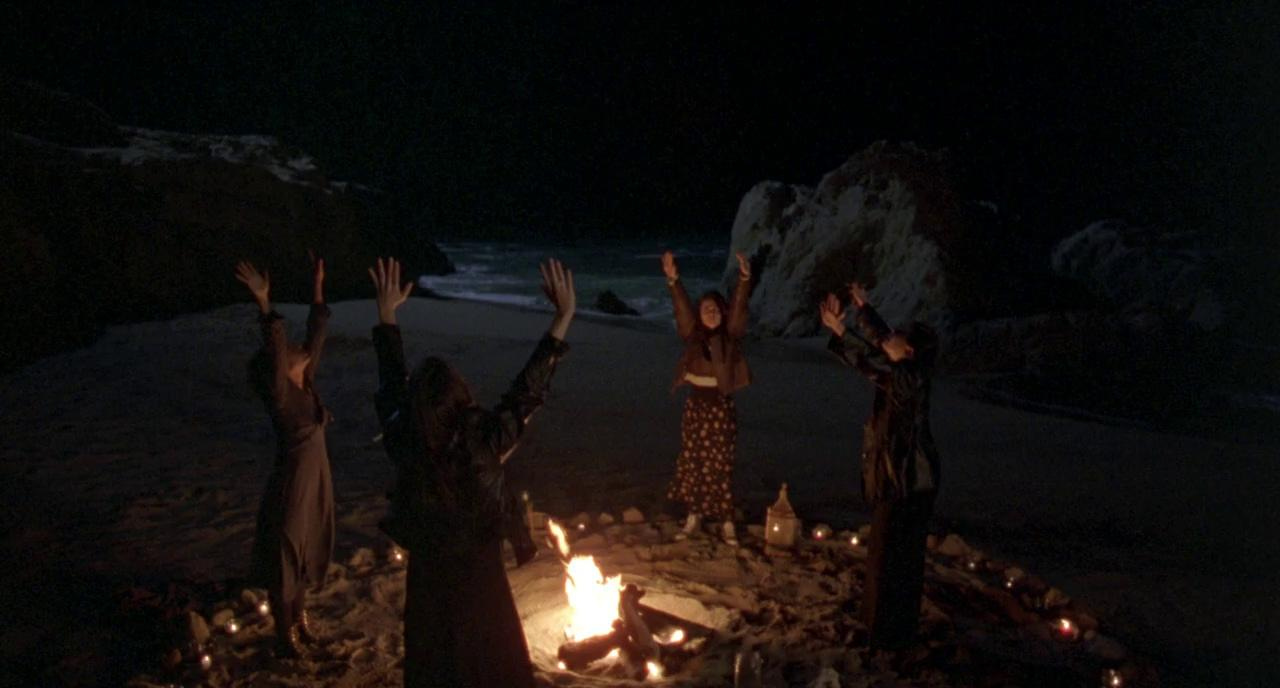
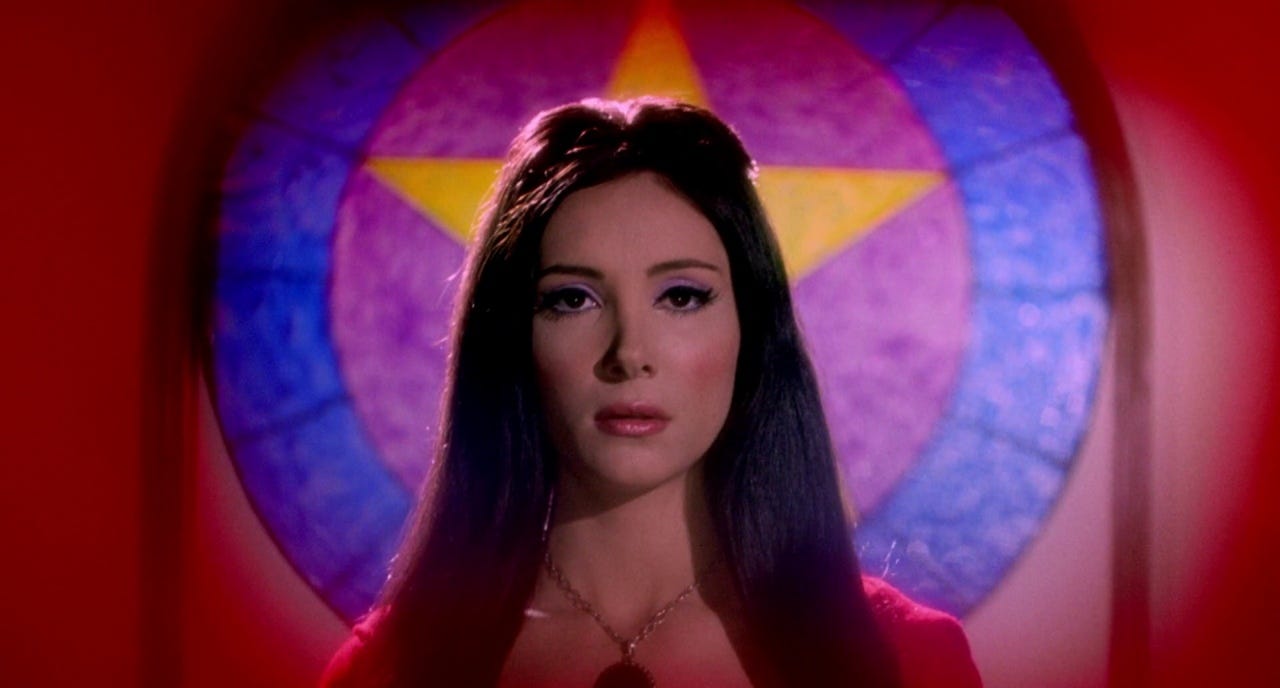
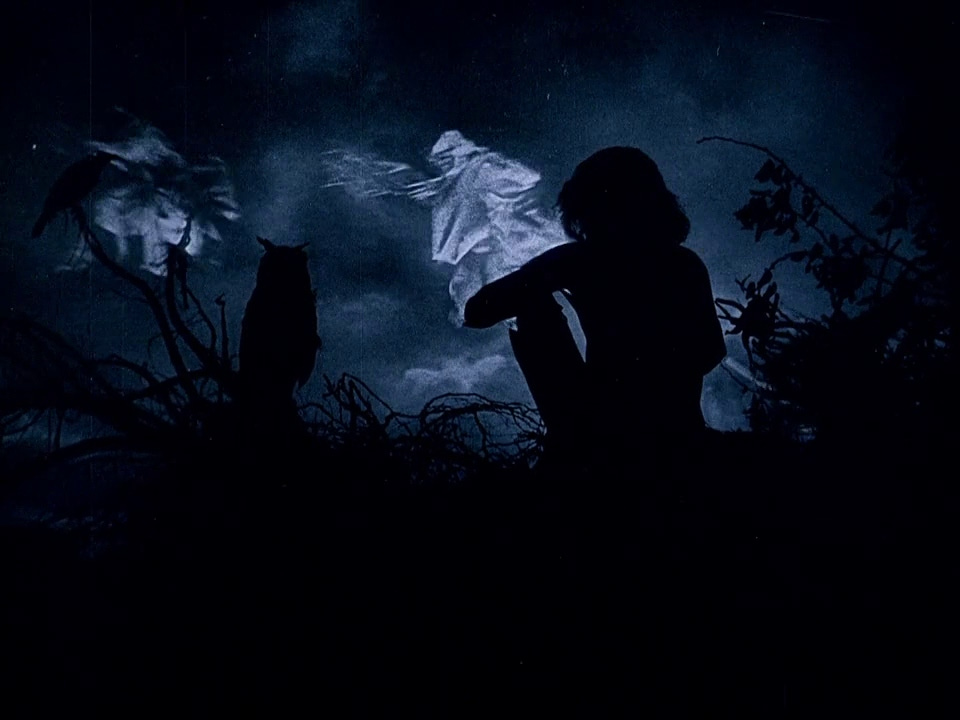
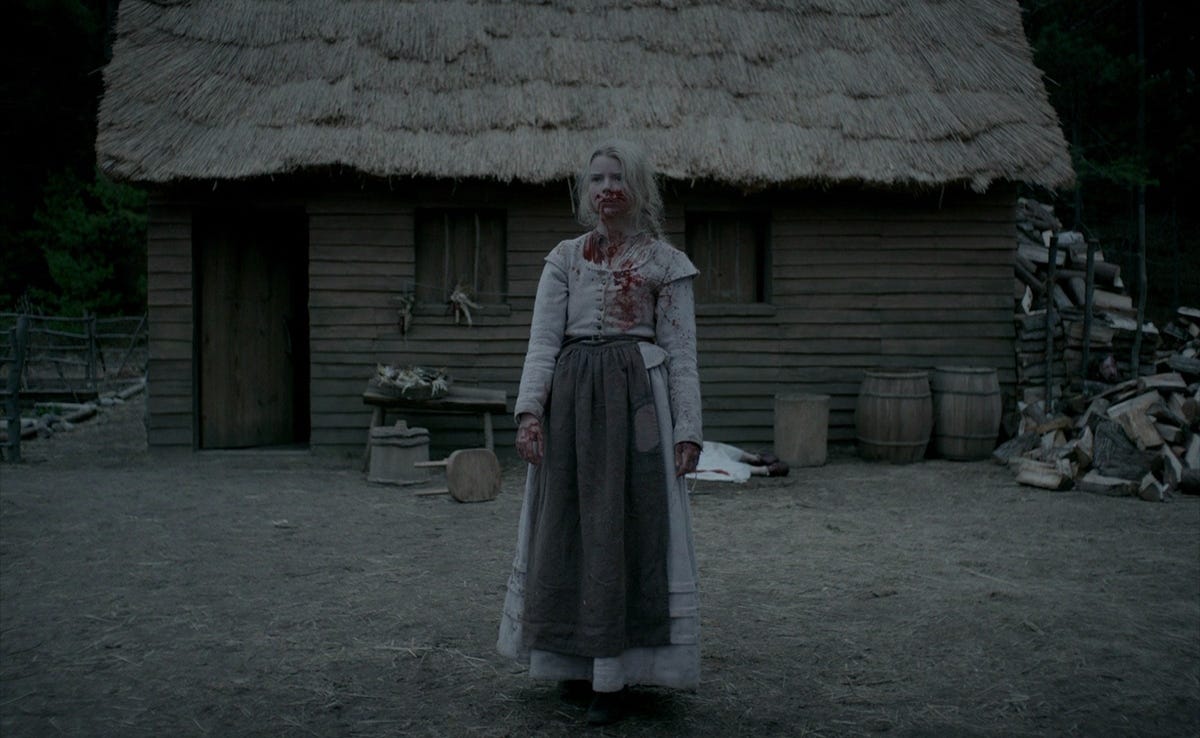
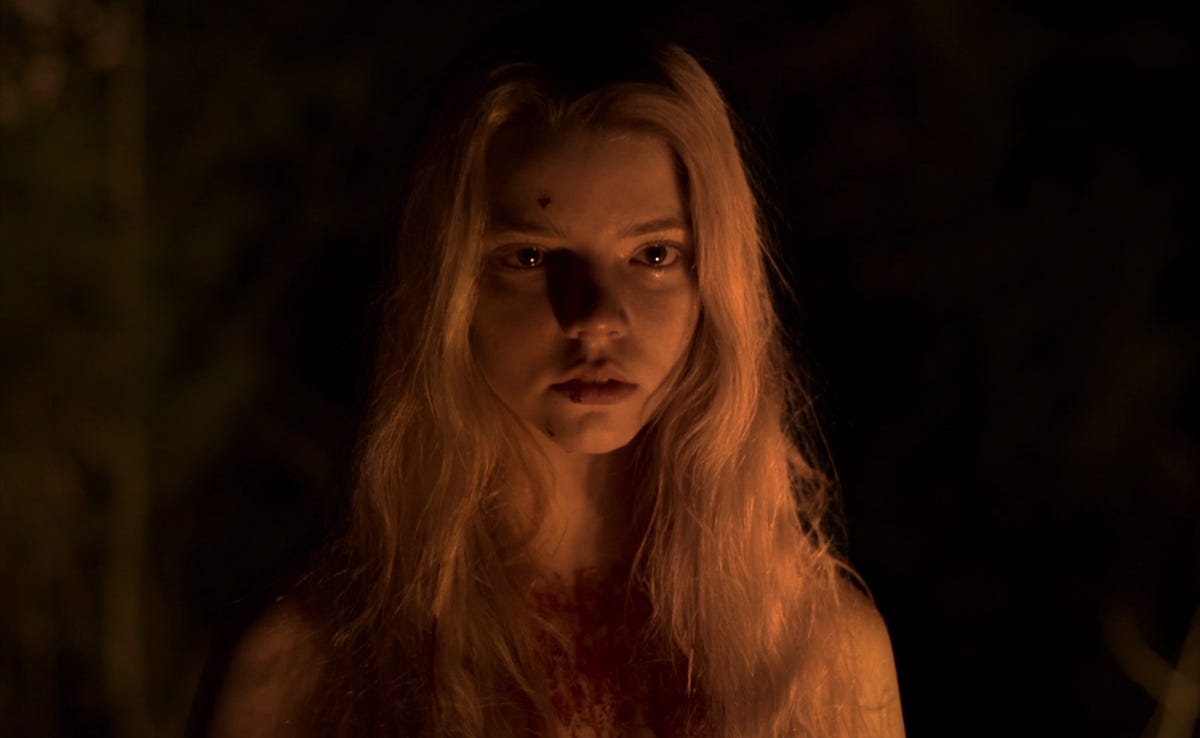
I love this: "A witch is someone who unapologetically embraces their own power". And that power comes from relying on intuition, on nature, on the unseen.